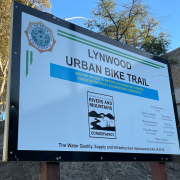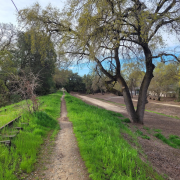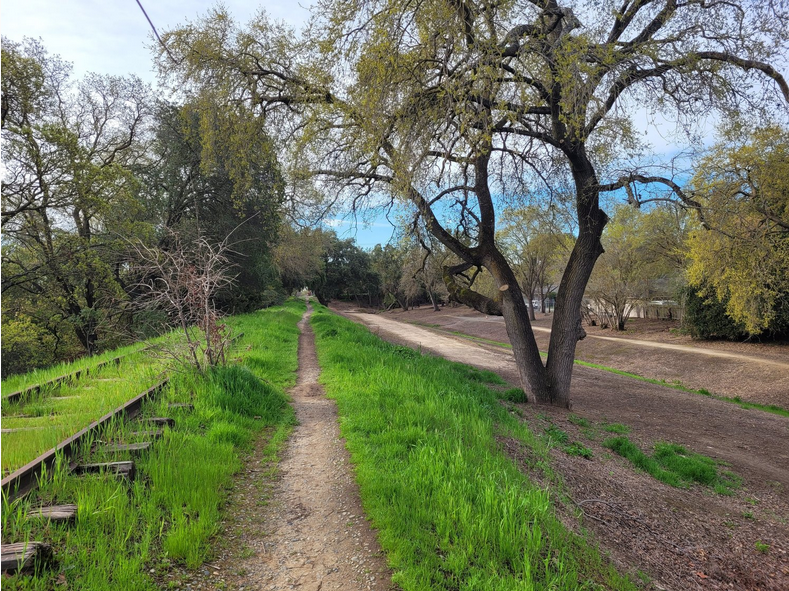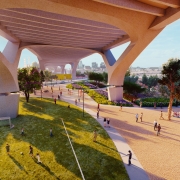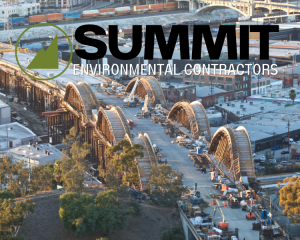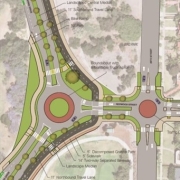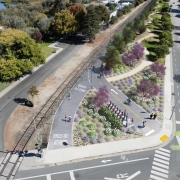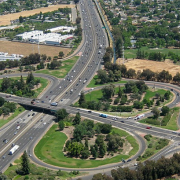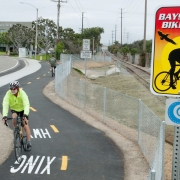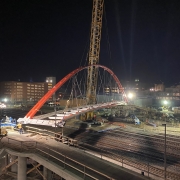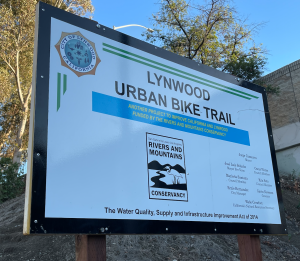
Location: Undeveloped Caltrans excess land adjacent to I-105 Freeway between Birch Street and Wright Road, City of Lynwood, California
Project Overview: Summit successfully undertook the excavation, transportation, and disposal of arsenic-contaminated soil (Type C-1) as part of LA Engineering’s Lynwood Urban Bike Trail project. This crucial remediation project addressed environmental concerns in the City of Lynwood.
Scope of Work: The project involved the meticulous execution of the Excavation Transportation Plan (ETP), covering procedures for excavating, transporting, and disposing of 1,700 cubic yards (y3) of arsenic-contaminated soil. The scope included an excavation schedule by location and date, dust control measures, transportation equipment and routes, spill prevention methods, truck waiting and staging areas, and a spill contingency plan for Type C-1 material.
Key Activities:
- Transportation and disposal of 1,700 cubic yards of arsenic-contaminated soil.
- Implementation of the Excavation Transportation Plan (ETP).
- Dust control measures to minimize environmental impact.
Environmental Compliance: Stringent environmental measures were implemented to ensure the safe handling, transportation, and disposal of arsenic-contaminated soil.
Outcome: Summit successfully completed the excavation, transportation, and disposal of arsenic-contaminated soil, mitigating potential environmental hazards and supporting the development of the Lynwood Urban Bike Trail. This project exemplifies Summit’s dedication to environmental stewardship and responsible construction practices.

